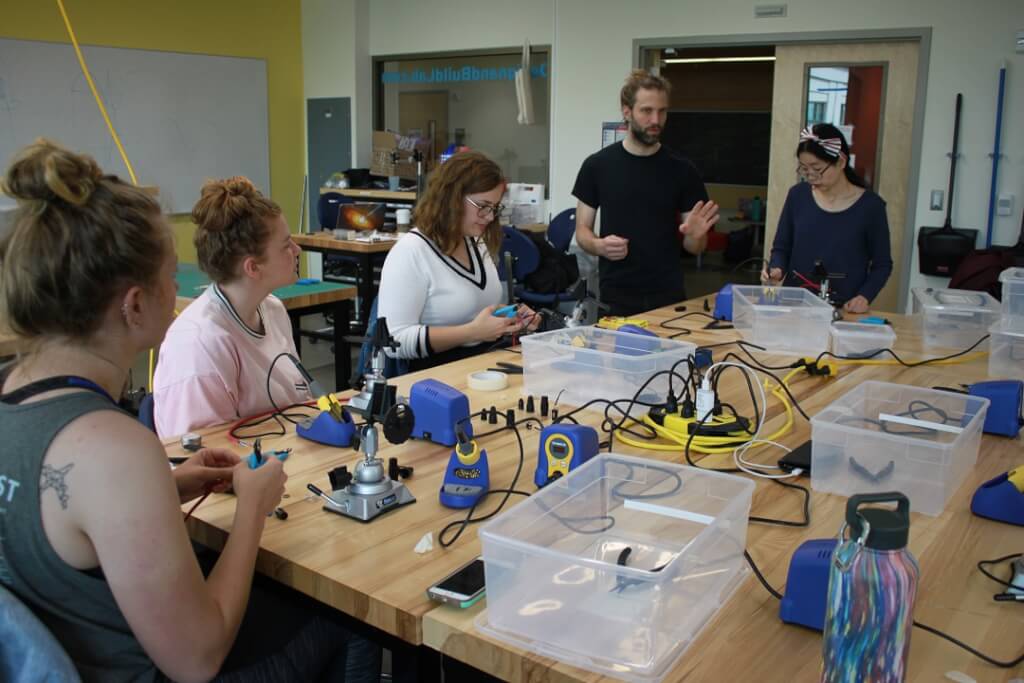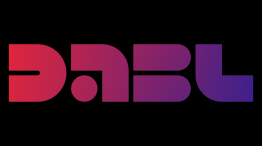About us
The Design and Build Lab (DaBL) is a digital fabrication / rapid prototyping / experimentation space at American University (AU). Since opening on February 12, 2018, it has been located in the Don Myers Technology and Innovation Building (DMTIB). DaBL serves as an educational resource to all students, staff, and faculty of AU. Similar to how the library is an educational resource when writing papers and doing research, we are an educational resource for creating and manufacturing things. Seeing as AU lacks a formal program for makers, we seek to provide such an outlet to all individuals across our community. Our continuing mission is to teach our members to create things to solve problems through hands on experience in designing and building. See below for more information on our community, events, and educational resources.
Members of the AU community can learn how to get involved by checking out our membership page. All members have access to the tools housed in DaBL some of which can be found on our lab page. Educational resources include our staff of Creative and Technical Specialists (CaTS) who are thoroughly trained students that can aid in lab support. Weekly Workshops are another import resource that train members on a specific facet of DaBL. We also host a Wiki which looks very similar to Wikipedia and stores a wide variety of our documented knowledge. See the team and our list of workshops on our Knowledgebase for more information. All workshops are taught by one or more CaTS and are scheduled on our calendar in addition to our Open Hours and any community events.
Need inspiration for a project? Check out our projects page to see some previous work. Be sure to follow all of our social media accounts for updates from us throughout the year. If you have any questions, please send us an email.


Previous courses
In addition to the resources listed above, we have offered formal courses that incorporate this space at AU. Keep a lookout for these courses in the future. They include:
ISCI-396 Intro to Rapid Prototyping
Establishes the iterative process of creating a physical device by quick, repeated modification and improvement. Students learn the practical problem-solving methods, technical skills, project management approaches, and constraints associated with these fabrication techniques. Topics covered include a survey of introductory engineering approaches and an overview of relevant techniques in 2D and 3D modeling and fabrication.
ISCI-496 Interactive Device Design
This course seeks to provide a multi-disciplinary introduction to the development of digital sensing and actuating instrumentation, from conceptualization to physical realization. You will learn engineering design processes such as abstraction, modularity, and defining problem statements, scope, scale, and specifications. Topics covered include digital sensing and mechanical actuation, embedded software development, wired and wireless communication, PCB and hardware integration, and 2D and 3D modeling and physical prototyping techniques. The contextual culmination of the course is a semester-long project during which you will conceive of and design a device that solves a problem in the physical world.
